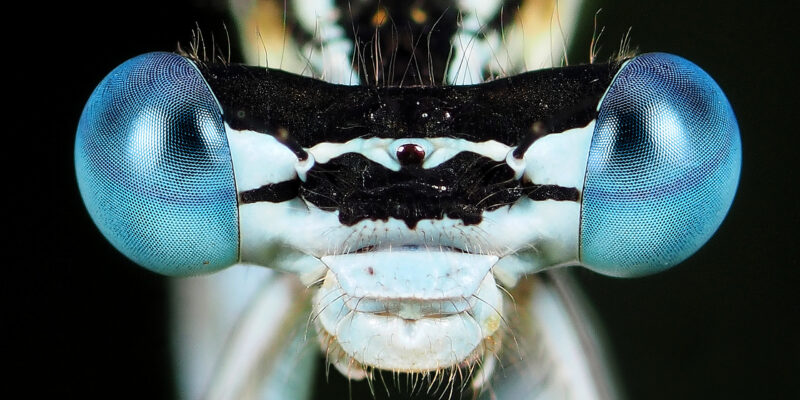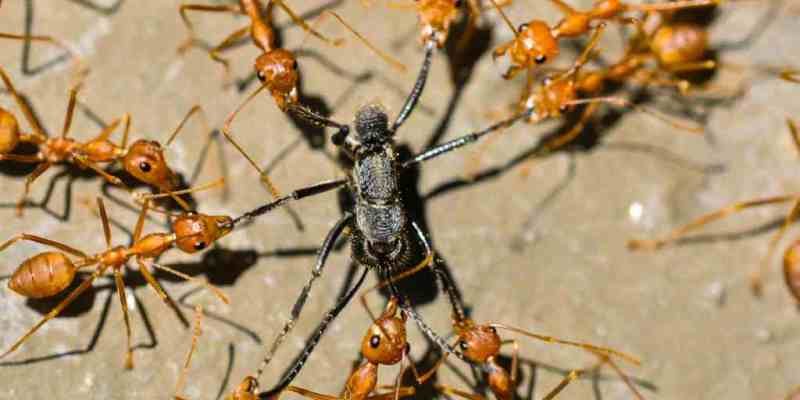Can sown wildflower meadows replace natural meadows in urban spaces for bees, butterflies, and hoverflies?

In a study published in Ecological Entomology, researchers assessed whether a shortage of natural meadows in urban spaces for pollinating insects might be addressed by creating meadows where wildflowers are planted or sown among grasses.
The research, which was conducted in Warsaw, Poland, showed no difference in the composition of insect-pollinated plants between these two meadow types. There was also no difference between the meadow types concerning the species richness of butterflies, bees, and hoverflies. The number of butterflies was twice as high in natural meadows than it was in sown floral meadows, however no such differences were found for wild bees and hoverflies.

“The proper management of urban greenery involves combining the well-being of city residents and the protection of habitats. In this way, we can alleviate the hostile environment of urban space for wildlife. Our research has shown that sowing flower meadows may be such a method.”
– Barbara Zajdel, lead author.







